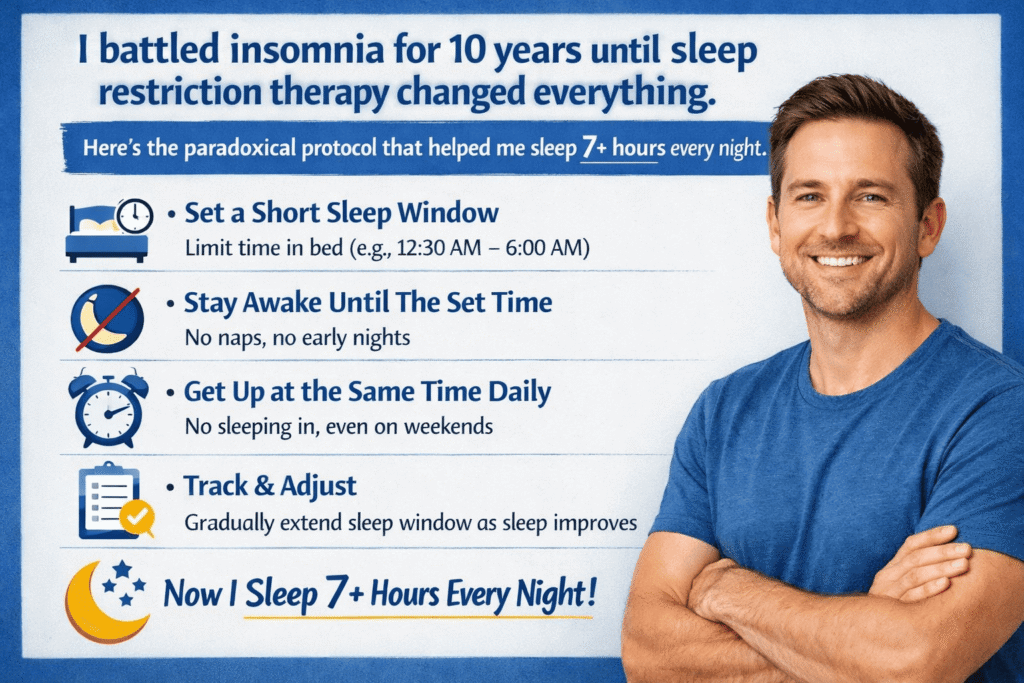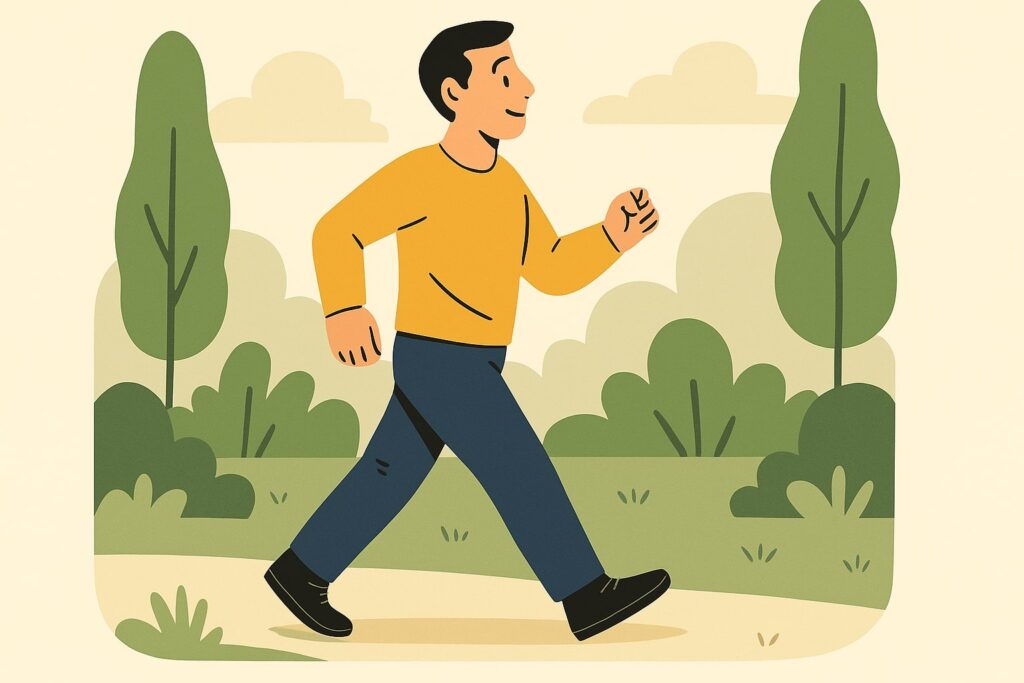Index of Contents
ToggleIntroduction:
Happiness is one of the most sought-after human experiences. We all want to lead happy, fulfilled lives. Yet for many, happiness feels frustratingly out of reach.It’s like chasing a butterfly; the more we grasp, the more it flutters away. Unhappiness often arises not from our external circumstances, but from an internal mismatch between expectations and reality. When our expectation exceed what we actually experience in life, disappointment, frustration, and unhappiness result. Examining and adjusting our expectations is thus a key step on the path to greater happiness and life satisfaction.
| Key Takeaway Number | Key Takeaways |
|---|---|
| 1 | Unrealistic expectation often lead to disappointment and unhappiness when reality does not match our ideals. |
| 2 | Societal influences, personality traits, and cognitive biases can shape unrealistic expectation, widening the “expectation gap.” |
| 3 | We can close the expectation gap through self-awareness, managing expectations, mindset shifts, living in the moment, and focusing on what we have. |
The Expectations Gap
The “expectation gap” refers to the disconnect that occurs when our expectation for something exceed the reality of what actually happens or what we actually attain. This gap between our beliefs about how things “should” be and how things actually are is a major source of dissatisfaction and unhappiness.
Common areas where people experience expectation gaps include relationships, careers, lifestyle, and more. For example, someone may expect that a new job or relationship will make them completely fulfilled and happy, only to find that reality does not match those high expectations. The resulting letdown and disappointment then leads to unhappiness. When our minds cling to unrealistic expectation about how life “should” look, we set ourselves up for frustration.
It’s like standing on the edge of a precipice, gazing across a vast chasm—the abyss that separates our desires from reality. This gap can be both a source of motivation and a wellspring of disappointment. When our expectations soar too high, they become ethereal dreams, elusive and unattainable. Conversely, when they plummet too low, they rob life of its vibrancy.
The key lies in finding a delicate balance—a bridge that spans this gap. Perhaps it involves adjusting our aspirations, grounding them in the fertile soil of practicality. Or maybe it’s about embracing life’s surprises, allowing them to fill the void with unexpected beauty. In this dance between what we yearn for and what life offers, we discover the intricate choreography of existence—the steps that lead us toward contentment or leave us stumbling in disillusionment.
Origins and Causes
There are several factors that shape our expectations and make us prone to this expectation gap. Societal influences like media and social media constantly bombard us with images and narratives about ideal lives and relationships. Through social comparison, this leads us to internalize unrealistic standards. Our unique personality traits also impact expectations – perfectionists and idealists, for instance, are prone to forming implausibly high standards. Furthermore, cognitive biases like selective perception (noticing only evidence that confirms our expectations) and confirmation bias (seeking out proof for our expectation while ignoring contradictions) reinforce unrealistic beliefs.
Factors that contribute to this gap:-
-
- Societal Influences: The media, with its glossy portrayals of ideal lives and relationships, bombards us relentlessly. Social media amplifies this, showcasing curated snippets of perfection. As we compare our reality to these polished images, we unwittingly internalize unrealistic standards.
-
- Personality Traits: Our unique traits play a role. Perfectionists and idealists, driven by their pursuit of flawlessness, set implausibly high bars. Their expectations soar, often beyond the reach of reality.
-
- Cognitive Biases: Our minds play tricks on us. Selective perception filters evidence, highlighting only what confirms our expectations. Meanwhile, confirmation bias blinds us to contradictions, reinforcing our unrealistic beliefs.
In this delicate dance between anticipation and actuality, we find the elusive rhythm of contentment. Perhaps adjusting our expectations—bringing them closer to the earth—can bridge the gap. After all, happiness lies not in lowering our aspirations but in harmonizing them with life’s music.
Bridging the Gap

There are several steps we can take to close the expectation gap and find greater happiness:
First, self-awareness and introspection are key. Noticing when our expectation are unrealistic or unhelpful is the essential first step. Next, we need to actively manage our expectation – adjusting them to better match what is realistically attainable based on past experience. This involves challenging assumptions and biased beliefs.
Making mindset shifts also helps bridge the expectation gap. Practicing gratitude directs our attention to blessings we already have rather than fixating on unrealistic expectations. Self-compassion helps cushion the disappointment when life falls short of expectations. Learning to accept imperfections and uncertainties rather than demanding perfection is also crucial.
Finally, living more in the present moment reduces the tendency to fixate on unrealistic future expectations. Staying grounded in the here and now and finding joy in ordinary moments helps us appreciate life as it is.
Conclusion:
An expectation gap between our beliefs and reality is a common source of unhappiness. By examining our expectations and bringing them into alignment with what is realistically achievable, we can greatly improve our life satisfaction and experience more positive emotions. Adjusting expectations is challenging but powerful work that requires self-reflection, mindset shifts, and conscious effort. The reward is well worth it – a life of greater happiness, fulfillment, and peace.
This process of adjusting expectations can be powerful because it allows us to let go of unrealistic ideals and focus on what is truly achievable and meaningful in our lives. By aligning our expectations with reality, we can reduce the likelihood of disappointment and increase our overall life satisfaction.This can lead to experiencing more positive emotions such as joy, contentment, and fulfillment.
However, it is important to note that adjusting expectations does not mean settling for less or giving up on our dreams. It means finding a balance between having aspirations and goals while also being realistic about what is within our control and what may be beyond our reach. The reward for this work of adjusting expectations is well worth it, as it can lead to a life of greater happiness, fulfillment, and peace.By letting go of unrealistic expectations, we can focus on appreciating and making the most of what we have, rather than constantly striving for something that may be unattainable.
FAQ
Q: What are some common expectation gaps that lead to unhappiness?
A: Expectation gaps around relationships, careers, possessions, and life milestones often lead to unhappiness when reality doesn’t match our ideals.
Q: How can we adjust our expectation to be more realistic?
A: Reflecting on past experiences, focusing on gratitude, and avoiding comparisons can help calibrate expectation to be more realistic.
Q: Why do idealized expectations set us up for unhappiness?
A: Unrealistic ideals distort our perception and prevent us from appreciating the good in our current reality.
Q: What’s the difference between striving for goals versus unrealistic expectations?
A: Goals provide direction but unrealistic expectations demand perfection. Goals motivate while expectations disappoint.
Q: How can we learn to accept imperfect reality?
A: Practicing mindfulness, self-compassion, and radical acceptance of what is allows us to embrace reality rather than overextending into disappointment.




We are currently seeking companies like yours for a potential long-term partnership. Could you kindly share your product offerings along with pricing details? Please contact me on WhatsApp: +44 758 650 9733
Please go to https://www.fiverr.com/s/BRappa1
Hi,
I hope this message finds you well.
I’m reaching out because I have a keen interest in contributing a guest post to your website. As a seasoned writer, I specialize in creating content that drives traffic and captivates readers.
I’d be happy to provide a guest post, tailored specifically to your audience’s interests and needs.
If you’re open to this idea, I can share some topic suggestions that I think would resonate well with your readers.
Looking forward to your response.
Best,
Alice.